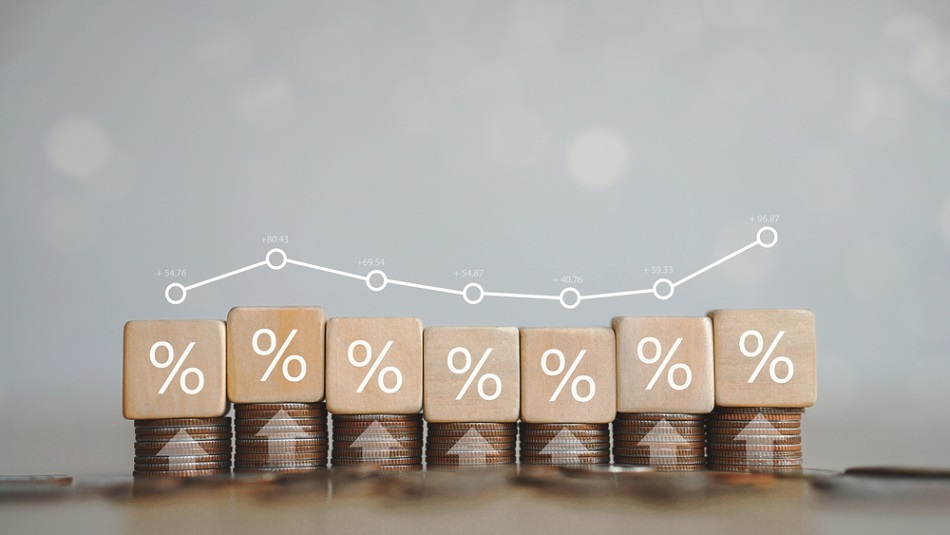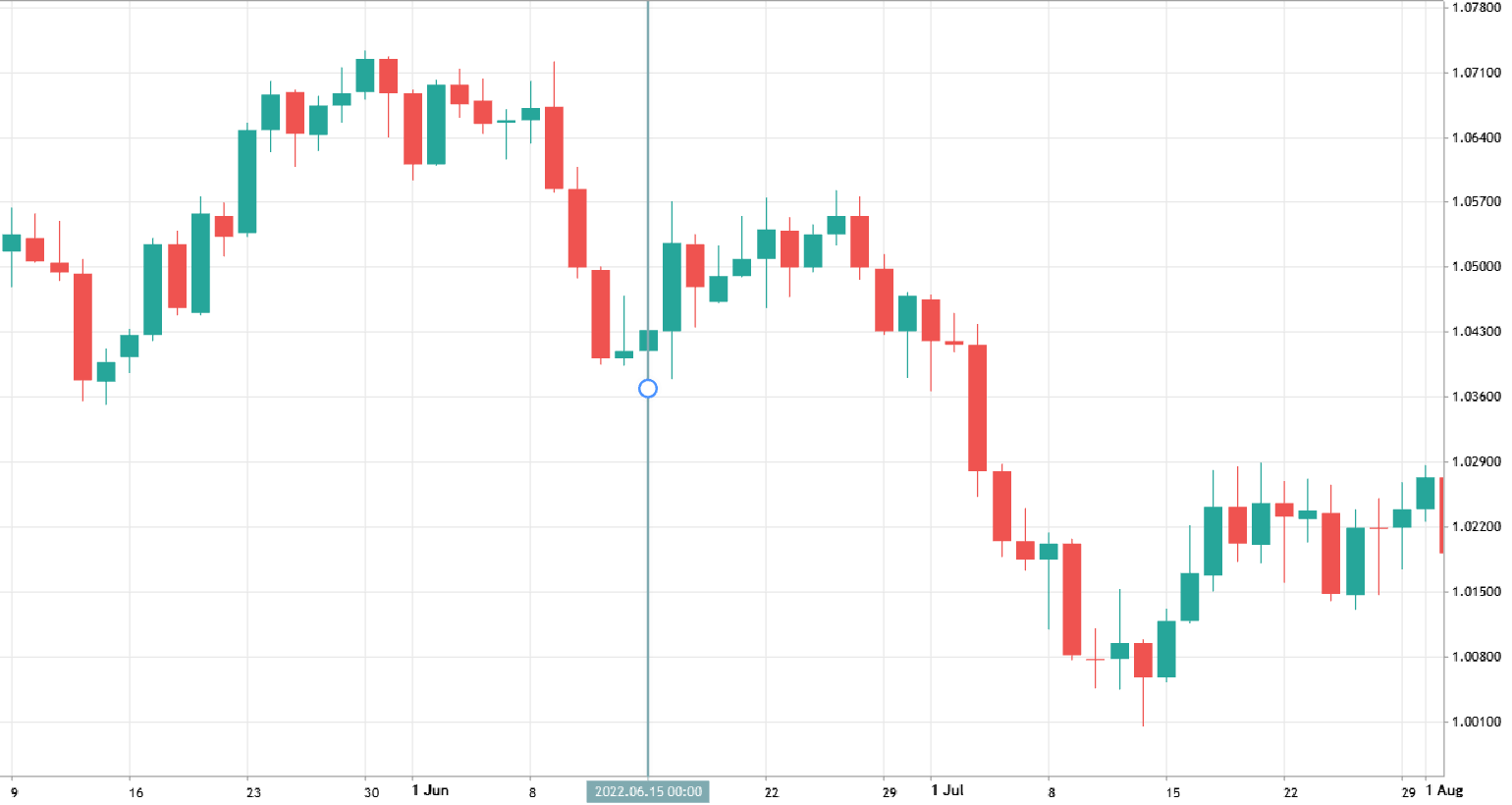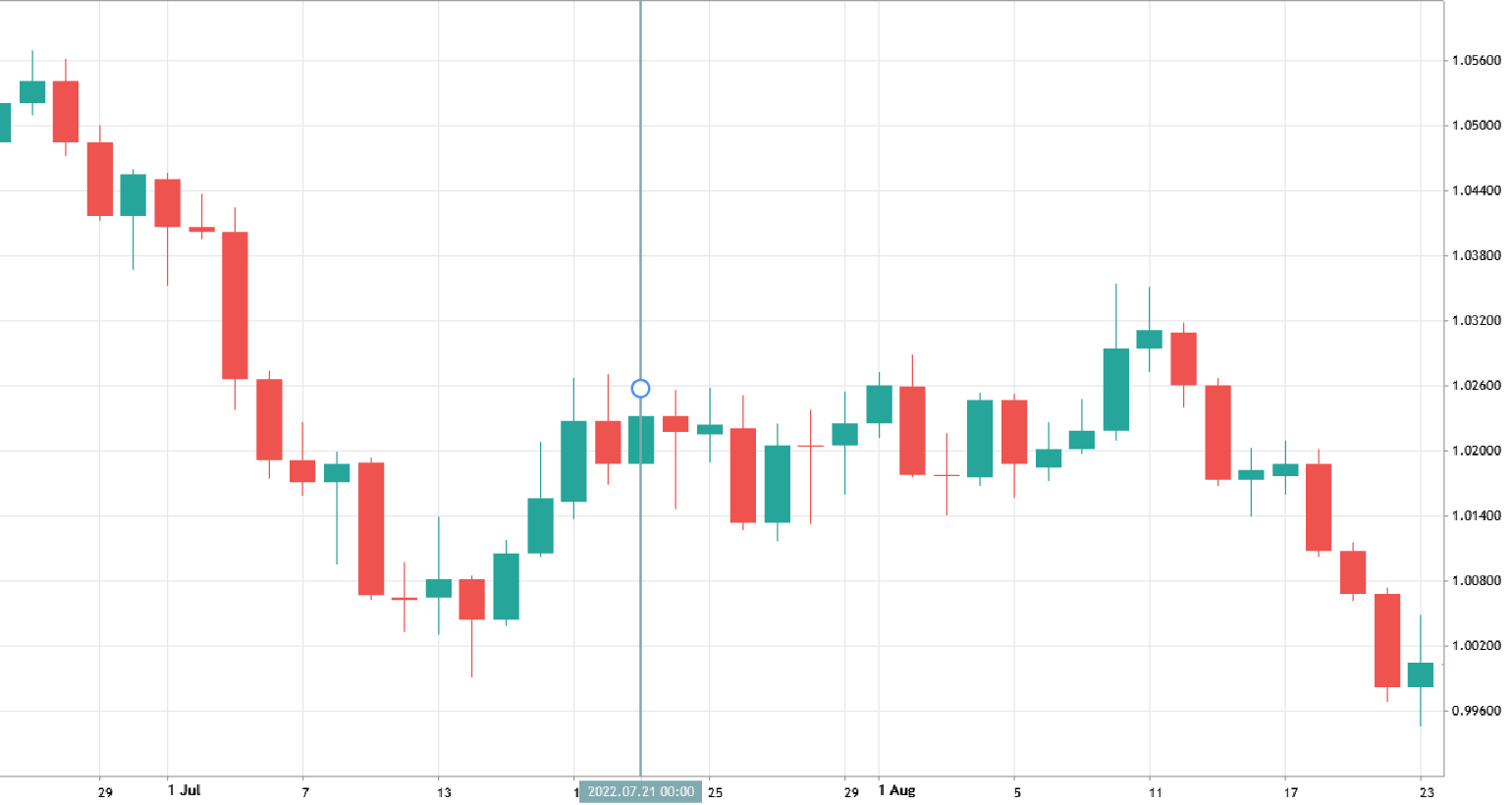
The interest rate is a cornerstone of a country’s monetary policy. For Forex traders, fluctuations in this rate can significantly impact exchange rates. This article will explore how to trade interest rate news, emphasizing the importance of caution.
Article content
Understanding the Interest Rate
It’s essential to understand that the term “interest rate” can vary across countries and languages. While referred to as a key rate, bank rate, or other terms, the core concept remains the same: the interest rate at which commercial banks borrow from the central bank. As banks are crucial in distributing funds throughout the economy, this rate essentially represents the cost of money.
Interest rates can vary greatly from one country to another. For example, the European Central Bank currently has a rate of 4.25%, while in Russia, it’s 18%, and in Turkey, it’s a staggering 50%. Both high and low interest rates come with their own set of pros and cons for a country’s economy.
Higher interest rates, for instance, tend to attract investors because they increase the returns on investments like government bonds. However, high rates can also drive up inflation, and extremely high rates often signal deeper economic issues, which can scare off investors. In simpler terms, if an economy is doing well, a moderate increase in interest rates typically strengthens the national currency.

How Do Interest Rates Affect Markets?
In Forex trading, it’s not the interest rates themselves but the changes in these rates that significantly influence markets. If you examine any economic calendar, you’ll notice two figures listed alongside the upcoming rate decision date: the previous value and the forecast.
Unlike economic indicators like U.S. unemployment figures, interest rate decisions are less prone to surprises. However, when unexpected rate changes occur, market reactions can be substantial. It’s crucial to remember that the market’s response is primarily driven by the difference between the actual rate and the forecast rather than simply the rate change itself.
Now that you have a grasp of the general principles of how interest rates affect currency exchange rates, let’s look at how this plays out in practice. To give you an objective overview, we’ll examine the impact of rate changes on three major currencies from some of the world’s most stable economies: the U.S. dollar, the British pound, and the Euro.
Changes in Interest Rates and Their Impact on Forex
As we mentioned earlier, in a well-functioning economy trusted by investors, a slight increase in interest rates should typically lead to increased investment, which in turn supports the value of the national currency. Let’s look at a specific example to see how this works in practice.
On June 15, 2022, the U.S. Federal Reserve unexpectedly raised interest rates from the forecasted 1.5% to 1.75%. This decision, coupled with the European Central Bank’s zero-interest-rate policy, made U.S. dollar investments more appealing. The subsequent market reaction is depicted in the following chart:
The daily timeframe clearly illustrates both the immediate impact and subsequent trend. Following the rate hike, the dollar experienced a sharp decline of nearly 150 points against the euro. However, the greenback soon regained its strength and rose significantly, nearly reaching parity with the euro. While this long-term trend is evident, intraday traders on June 15, 2022, would have likely faced significant challenges.
Our second example focuses on the European Central Bank (ECB). On July 21, 2022, the ECB unexpectedly raised interest rates from zero to 0.5%, defying market expectations.
As the chart illustrates, the market exhibited some minor volatility but failed to establish a clear trend. The euro and dollar maintained a relatively stable exchange rate for a period before the dollar eventually gained a slight advantage. This marked the first time in decades that the dollar briefly exceeded the euro in value.
For our final example, consider the Bank of England’s September 21, 2023, interest rate decision. The bank unexpectedly maintained its rate at 5.25%, defying market expectations of a hike. This decision was effectively viewed as a rate cut relative to market forecasts. Consequently, the British pound depreciated by approximately 200 points in the following days, as illustrated by the chart.
Conclusion
The provided examples clearly demonstrate the significant impact that interest rate decisions can have on currency markets. While interest rates are a crucial factor, it’s important to remember that they are just one piece of the broader economic picture. Market reactions to interest rate announcements can be highly volatile, with price movements ranging from sharp increases to declines or even sideways trends.
To effectively trade on interest rate news, it’s essential to closely monitor economic indicators, market expectations, and central bank statements. Implementing risk management strategies, such as stop-loss and take-profit orders, is vital for protecting your capital.









